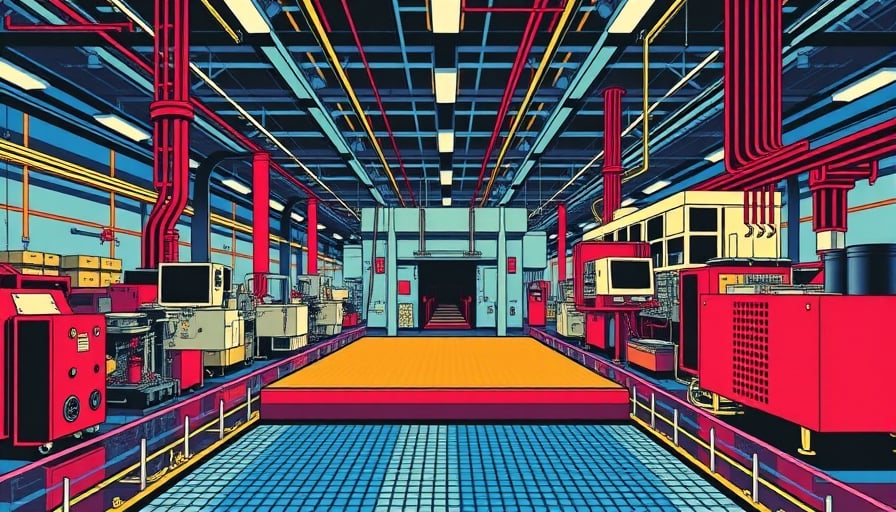Kulicke & Soffa Industries Inc., a prominent player in the semiconductor equipment sector, has recently been under scrutiny due to its financial performance and market positioning. As a company deeply entrenched in the Information Technology sector, specifically within the niche of Semiconductors & Semiconductor Equipment, Kulicke & Soffa’s role is pivotal in the supply chain of semiconductor device assembly. However, recent financial metrics raise questions about its valuation and future prospects.
As of October 12, 2025, Kulicke & Soffa’s stock closed at $40.04, a significant drop from its 52-week high of $52.08 recorded on December 17, 2024. This decline is indicative of investor skepticism, possibly fueled by the company’s high price-to-earnings (P/E) ratio of 529.078. Such an elevated P/E ratio suggests that the market may be overvaluing the company relative to its earnings, a red flag for potential investors seeking sustainable growth.
The company’s market capitalization stands at $2.13 billion, reflecting its substantial presence in the industry. However, the volatility in its stock price, with a 52-week low of $26.63 on April 3, 2025, underscores the challenges it faces in maintaining investor confidence. This volatility can be attributed to various factors, including market dynamics, competitive pressures, and internal operational challenges.
Kulicke & Soffa’s core business revolves around the design, manufacturing, and marketing of capital equipment, spare parts, and packaging materials essential for semiconductor device assembly. Their technology is integral to wire bonding systems, wafer dicing saws, and die bonders, underscoring their importance in the semiconductor manufacturing process. Despite this critical role, the company must navigate a highly competitive landscape, where technological advancements and cost efficiencies are paramount.
The company’s strategy to service, maintain, repair, and upgrade assembly equipment is a testament to its commitment to customer satisfaction and long-term relationships. However, this approach also demands significant investment in research and development, which may strain financial resources if not managed prudently.
In conclusion, while Kulicke & Soffa Industries Inc. remains a key player in the semiconductor equipment industry, its financial metrics and market volatility warrant a cautious approach from investors. The company’s ability to innovate and adapt to market demands will be crucial in determining its future trajectory. As stakeholders closely monitor its performance, the question remains: can Kulicke & Soffa recalibrate its strategy to align with market expectations and restore investor confidence? Only time will tell.
